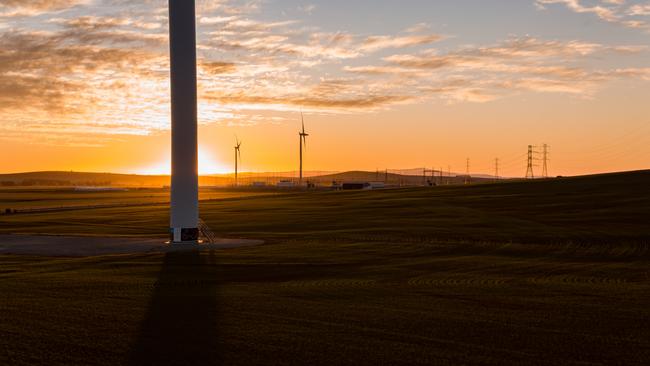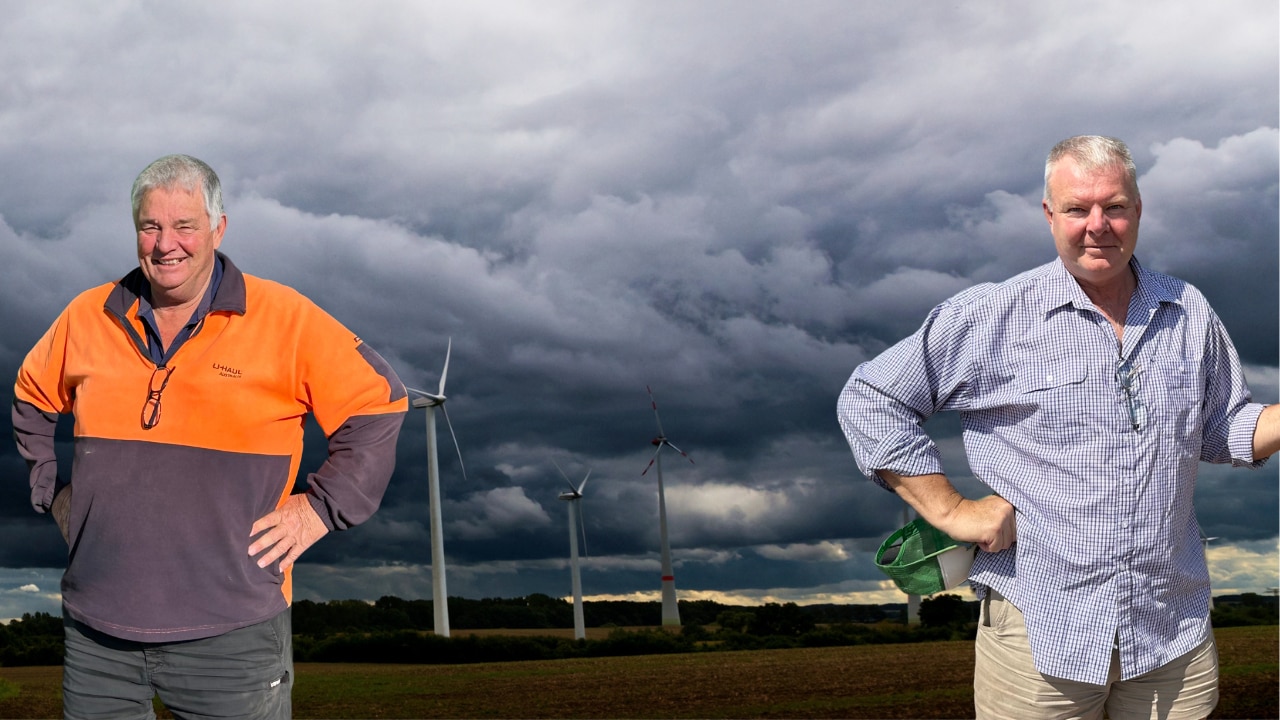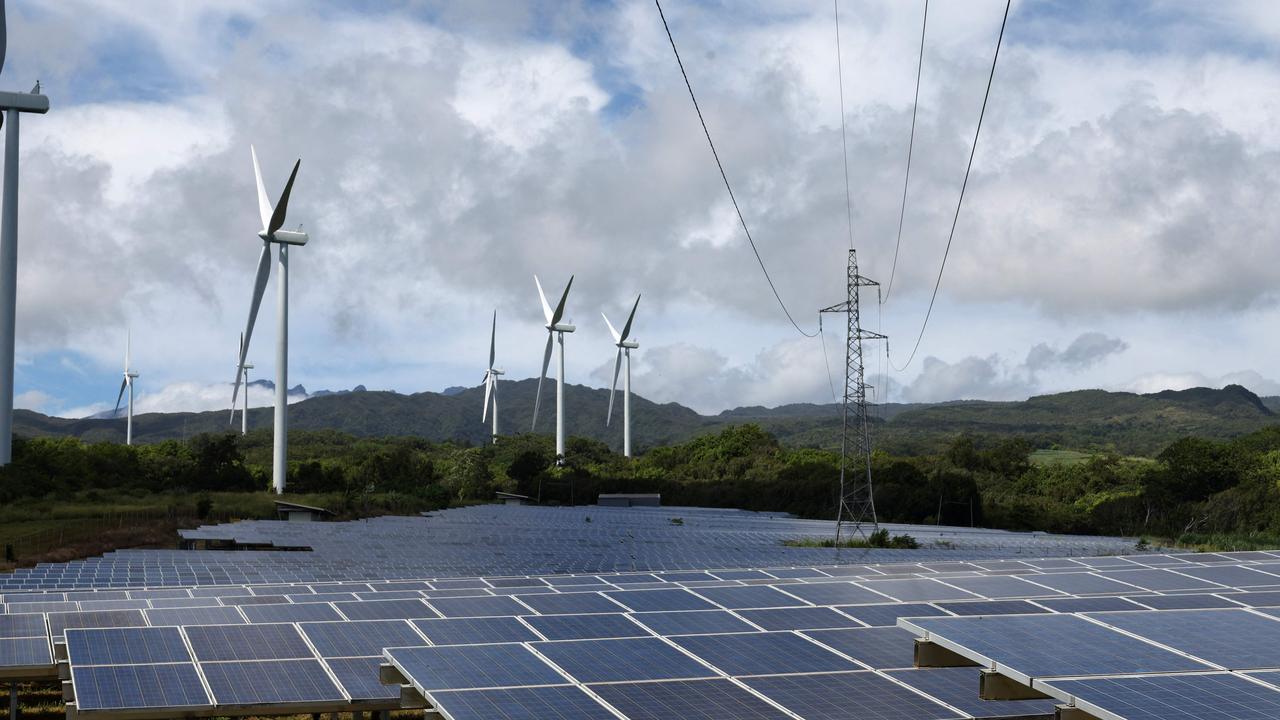Carbon credit price surges after Labor victory
Investors plan to reactivate spending on green energy projects following Labor’s win while a bounce for carbon credits may dwindle over the medium term.

Australian carbon credit prices have staged a major recovery after Labor’s electoral win but uncertainty still lingers over the medium-term outlook as investors and Australia’s biggest companies wait for details on more aggressive emissions reduction goals, including a tougher “safeguard mechanism”.
The spot price for Australian Carbon Credit Units has soared 20 per cent in the last two days to $36 a tonne. Investors are betting on rising demand with a greater number of Australian polluters expected to tap credits as Labor tightens the baseline for the safeguard mechanism, its signature climate change policy.
Despite this week’s bounce, prices remain nearly 40 per cent lower than February levels, when the market crashed after former energy minister Angus Taylor allowed fixed carbon contract holders to exit their deals with the Commonwealth to access higher prices in the secondary market.
“The market will now have an expectation that more ACCUs will be required as the ALP tightens the safeguard mechanism emission limits,” Carbon Market Institute chief executive John Connor told The Australian. “But this will be complicated by the potential extra ACCU supply enabled by minister Taylor’s decision to free up fixed ACCU contracts and proposed safeguard credits to be established under safeguard limits.”

Up to 180 million carbon credits could flood the market by 2030 and the large supply pool was likely to weigh on market prices, according to Reputex, which conducted climate and energy modelling for Labor last year.
Big Australian businesses and emitters are on edge as they wait for incoming energy minister Chris Bowen to spell out the details of how its strengthened safeguard mechanism will work, part of Labor’s stronger pledge for a 43 per cent emissions cut by 2030.
Details of carve-outs for trade-exposed industries were “the elephant in the room” for the Australian energy sector, according to Credit Suisse.
Australia‘s energy sector “could be left less competitive if forced to decarbonise while global competitors in places like the Middle East and Russia are not subject to similar pressures,” Credit Suisse analyst Saul Kavonic noted.
Part of the medium-term uncertainty over the outlook for carbon credit prices centres on the role of proposed safeguard mechanism credits or “below-baseline” units, which are seen as softening voluntary demand and compliance for ACCU offsets.
“Reduced demand for ACCUs – usurped by safeguard mechanism credits – could therefore limit the market’s ability to absorb the expected surplus of ACCUs that will be issued over the next 5-10 years,” Reputex said.
The current mechanism applies to companies producing more than 100,000 tonnes of carbon emissions annually.
Reputex modelling for the ALP says that from 2023-24, the cap on emissions would reduce by five million tonnes a year, reaching net by 2050. There would continue to be “tailored treatment for emissions-intensive trade-exposed industries”.
Labor’s higher emissions reduction target by 2030 under the safeguard mechanism would increase the present value of the carbon offset impost for Woodside and Santos by around half to $US1.2bn each, assuming carbon abatement costs rise to $100/tonne by 2030, Credit Suisse said.
The ALP’s win is also causing investors to rethink their exposure to Australia’s renewable energy market, given Anthony Albanese’s plan to boost the share of renewables in the national electricity market to 82 per cent by 2030, nearly triple current levels.
Quinbrook Infrastructure Partners, a $3bn clean energy fund backed by Australian Super, had put one of the nation’s biggest battery projects up for sale but said it was now considering developing the facility itself or partnering with an external investor.
“I think the election result has recast our view of its potential value,” Quinbrook co-founder and managing partner David Scaysbrook told a media briefing.
“We’re filled with a renewed enthusiasm about the value of that asset in the Australian electricity market after the weekend. So it may take on a different incarnation.” From its inception back in 2015, Quinbrook has quietly grown into one of the world’s biggest investors in the fast-growing renewable energy industry with $3bn of funds under management.
Australian Super is among the high-profile pension funds which have invested in the firm, which plans to grow to $5bn of funds by the end of 2022.
“There was a reason we only had 10 per cent of our capital invested here,” Mr Scaysbrook said, referring to years of volatility in Australian energy policy.
While the US – where it’s building a $US1.1bn Warren Buffett-backed battery facility near Las Vegas – remains a favoured region due to the size of the renewable industry, Australia was now back in the game.
“Our job is to allocate capital in the places where it’s most beneficial for our investors and I think whereas Australia ranked three out of three I think it’s now back up there for us in second place alongside the UK,” Mr Scaysbrook said.
Financial commitments for new large-scale renewable energy projects fell 17 per cent last year to $3.7bn due to policy uncertainty and grid connection issues.
Quinbrook’s Lockyer Energy Project, north of Gatton in the state’s southeast, has permits in place for 1000 megawatts of generation capacity spread across a 700MW battery and a potential doubling of the existing 132MW gas peaking plant.
While the renewable industry has responded positively, Labor may represent a mixed bag for the broader energy sector as it tried to both balance green solutions with energy security and high prices, Credit Suisse said.
“Australia can be both a legacy energy and green energy superpower, so an Albanese Government can try and finesse policy to be supportive of both to aid nearer term global energy security alongside longer term global climate goals,” Mr Kavonic said.



